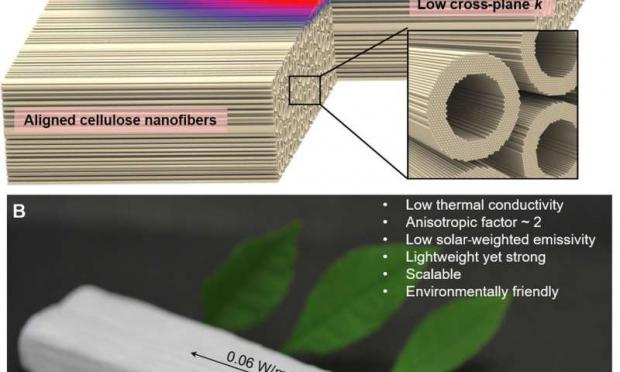
Breaking News
 2 Hours of Retro Sci-Fi Christmas Songs | Atomic-Age Christmas at a Snowy Ski Resort
2 Hours of Retro Sci-Fi Christmas Songs | Atomic-Age Christmas at a Snowy Ski Resort
 Alternative Ways to Buy Farmland
Alternative Ways to Buy Farmland
 LED lights are DEVASTATING our bodies, here's why | Redacted w Clayton Morris
LED lights are DEVASTATING our bodies, here's why | Redacted w Clayton Morris
Top Tech News
 Travel gadget promises to dry and iron your clothes – totally hands-free
Travel gadget promises to dry and iron your clothes – totally hands-free
 Perfect Aircrete, Kitchen Ingredients.
Perfect Aircrete, Kitchen Ingredients.
 Futuristic pixel-raising display lets you feel what's onscreen
Futuristic pixel-raising display lets you feel what's onscreen
 Cutting-Edge Facility Generates Pure Water and Hydrogen Fuel from Seawater for Mere Pennies
Cutting-Edge Facility Generates Pure Water and Hydrogen Fuel from Seawater for Mere Pennies
 This tiny dev board is packed with features for ambitious makers
This tiny dev board is packed with features for ambitious makers
 Scientists Discover Gel to Regrow Tooth Enamel
Scientists Discover Gel to Regrow Tooth Enamel
 Vitamin C and Dandelion Root Killing Cancer Cells -- as Former CDC Director Calls for COVID-19...
Vitamin C and Dandelion Root Killing Cancer Cells -- as Former CDC Director Calls for COVID-19...
 Galactic Brain: US firm plans space-based data centers, power grid to challenge China
Galactic Brain: US firm plans space-based data centers, power grid to challenge China
 A microbial cleanup for glyphosate just earned a patent. Here's why that matters
A microbial cleanup for glyphosate just earned a patent. Here's why that matters
 Japan Breaks Internet Speed Record with 5 Million Times Faster Data Transfer
Japan Breaks Internet Speed Record with 5 Million Times Faster Data Transfer
Better insulation with nanowood, Transparent wood and solar devices made from wood

There has been a growing interest in thermal management materials due to the prevailing energy challenges and unfulfilled needs for thermal insulation applications. We demonstrate the exceptional thermal management capabilities of a large-scale, hierarchal alignment of cellulose nanofibrils directly fabricated from wood, hereafter referred to as nanowood. Nanowood exhibits anisotropic thermal properties with an extremely low thermal conductivity of 0.03 W/m·K in the transverse direction (perpendicular to the nanofibrils) and approximately two times higher thermal conductivity of 0.06 W/m·K in the axial direction due to the hierarchically aligned nanofibrils within the highly porous backbone. The anisotropy of the thermal conductivity enables efficient thermal dissipation along the axial direction, thereby preventing local overheating on the illuminated side while yielding improved thermal insulation along the backside that cannot be obtained with isotropic thermal insulators. The nanowood also shows a low emissivity of less than 5% over the solar spectrum with the ability to effectively reflect solar thermal energy.

 $100 SILVER CONFIRMED?
$100 SILVER CONFIRMED?

